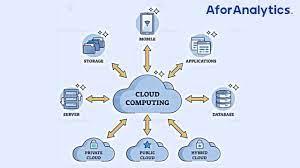Inquire
Search
Categories
- Managerial Effectiveness!
- Future and Predictions
- Motivatinal / Inspiring
- Other
- Entrepreneurship
- Mentoring & Guidance
- Marketing
- Networking
- HR & Recruiting
- Literature
- Shopping
- Career Management & Advancement
Read More
Clean Beauty Market Size and Share l 2025-2030
Clean Beauty Market Size and Share Overview
Steady expansion in the Clean Beauty Market...
Residential Battery Market Competitive Landscape and Top Manufacturers’ Growth Strategies to 2033
Residential Battery Industry Overview 2025:
[110 Pages Report The report summarizes the...
How Are Technological Innovations Transforming the Mud Motor Market Landscape?
In recent years, the global Mud Motor Market has undergone a transformative journey,...
Can the Waterproof Breathable Textiles Market Meet the Demand for High-Performance Sportswear and Outdoor Gear
Future of Executive Summary Waterproof Breathable Textiles (WBT) Market Market: Size and...
Future of Printers in Philippines 2026-2032: Market Trends, Demand & Forecast
The Report Cube which is one of the leading market research company in UAE expects the...


 SkillClick
SkillClick

